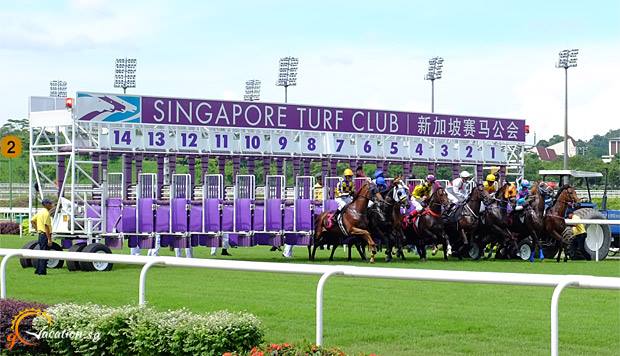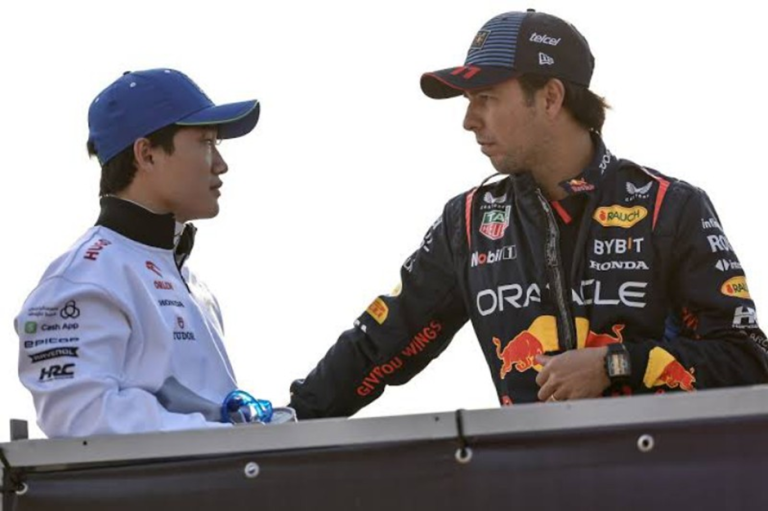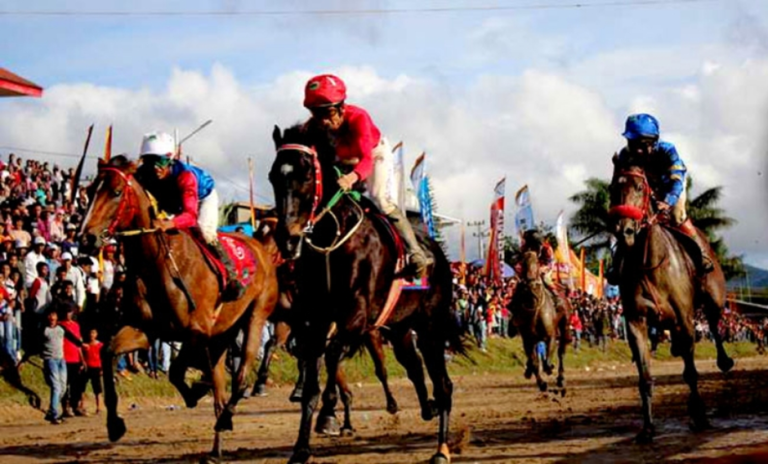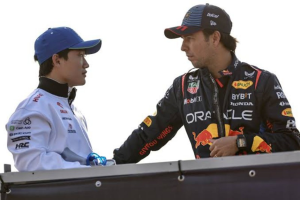Horse racing has long been a popular sport in Malaysia, captivating both avid enthusiasts and casual spectators alike.
The country has developed a rich horse racing culture, with a thriving industry that continues to attract a large following.
The history of horse racing in Malaysia dates back to the mid-19th century.
The first racing event was organided by William Henry Macleod Read, who established the Singapore Turf Club in 1842.
Initially, racing was dominated by ponies brought in by foreign traders, but the sport gained momentum when Australia showed interest in the 1880s.
As the popularity of horse racing grew, large race meetings were organised twice a year, leading to the establishment of clubs such as the Penang Turf Club and the Perak Turf Club.
Unlike many countries that experienced a decline in horse racing during and after World War II, Malaysia’s horse racing industry continued to flourish.
The sport remained untouched by the war, and racing resumed as soon as it ended.
In the 1960s, the public was welcomed to horse racing events, further fueling its popularity.
Television and radio played a significant role in promoting the sport to a wider audience.
Today, Malaysia boasts well-established jockeys, trainers, and racecourses, with approximately two thousand horses competing during the racing seasons.
Malaysia is home to several impressive horse racing tracks that have left a significant footprint on the country’s racing scene.
One notable venue is the Serdang Turf Club, located in Selangor. This track features a left-handed oval-shaped grass track, specially designed for horse racing, and can accommodate distances ranging from 1200m to 2400m.
The track’s unique turf, known as Zoysia El-Toro Turf, provides an optimal surface for racing.
The horse races also serve as social events, bringing together large crowds of people who gather to watch the races and cheer for their favourite horses.
Whether attending the races in person or watching with friends at home, the lively atmosphere and shared excitement contribute to the sport’s enduring popularity.
















